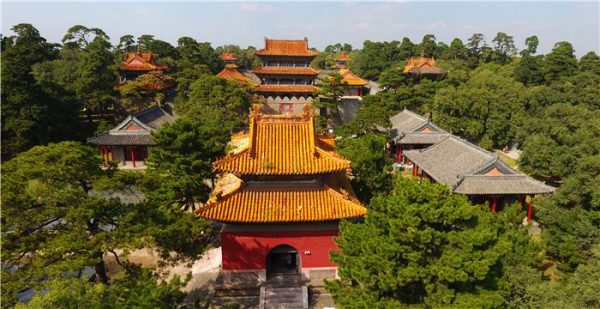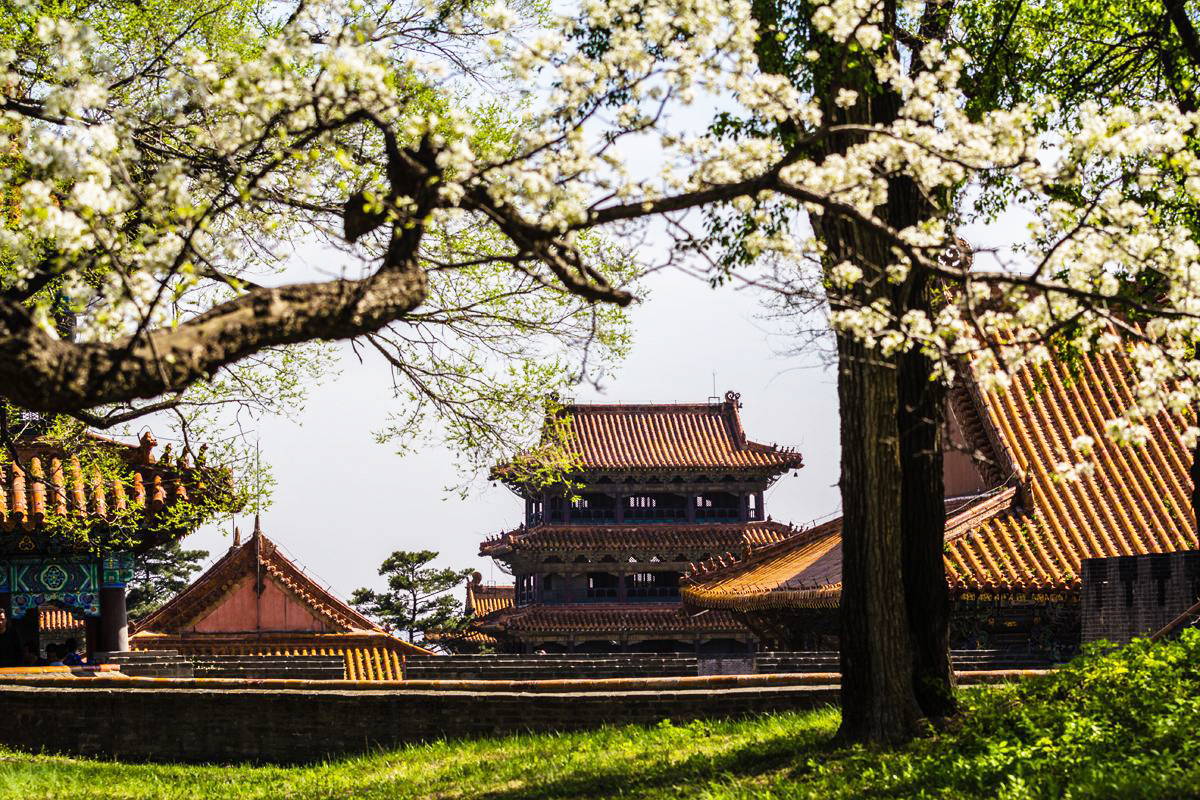
Located in the provincial capital of Shenyang in Liaoning province, Fuling Tomb serves as a monument to an illustrious Manchu leader known as Nurhaci and his wife, Empress Xiaocigao. Although Nurhaci was never officially acknowledged as Emperor, the power that he amassed in his lifetime allowed his son, Huang Taiji, to eventually establish the Qing Dynasty (1644-1912), the last imperial government to rule China. He was posthumously honoured with the title of Emperor and, true to custom, was buried in a lavish imperial mausoleum complex. This invaluable historic site has been beautifully preserved and was designated a UNESCO World Heritage Site in 2004. It’s proof that, even after death, you can keep on achieving your dreams!

Alongside Zhaoling Tomb and Yongling Tomb, it is considered emblematic of Qing Dynasty funerary architecture, are sometimes referred to as the Three Tombs at Shengjing (modern-day Shenyang) or the Qing Tombs Outside of the Pass. Its numerous edifices, statues, carvings, and murals seamlessly combine traditional Han Chinese features with those of the Manchu people. Construction of Fuling Tomb began in 1629 and was completed in 1651, with the tomb site itself being laid out into three main sections from south to north. The front section consists mainly of a grand red gate, which is surrounded by two elaborately carved stone lions, ornamental columns, memorial archways, and stone tablets.
The stone tablets bear inscriptions carved in Manchu, Mongolian, and Chinese which instruct all visitors to dismount their horses at this point and continue on foot as a sign of respect to the deceased. In ancient times, any visitors caught horsing around would be swiftly punished! Once you pass through the red gate, you arrive at a path known as the Sacred Way. This path is flanked by pairs of stone animals that are designed to protect the tomb, such as lions, horses, camels, and tigers. At the end of the Sacred Way, a colossal 108-step stairway leads to the last section of the complex.
The top of this stairway is home to the Square Castle, the largest structure in Fuling Tomb. It is approximately 5 metres (16 ft.) in height and has four small towers resting on its four corners. Grand though this castle may be, this is not the final resting place of Nurhaci. Located just behind the Square Castle, the Bao or “Treasure” Castle is where you’ll find the interred remains of Nurhaci and his wife. Though the complex’s many pavilions, steles, and statues are undeniably impressive, the greatest treasure of all is Nurhaci’s undying legacy.